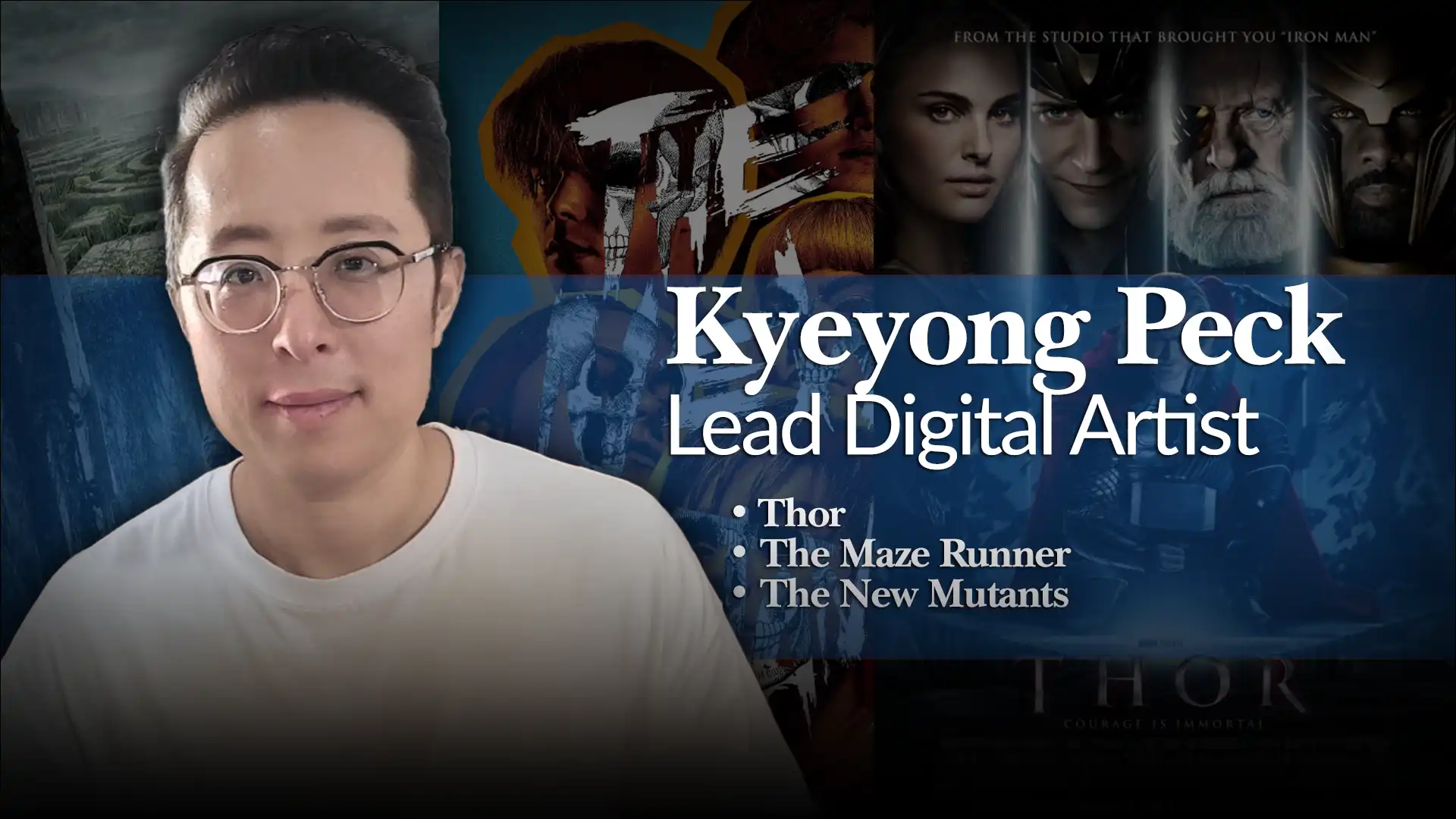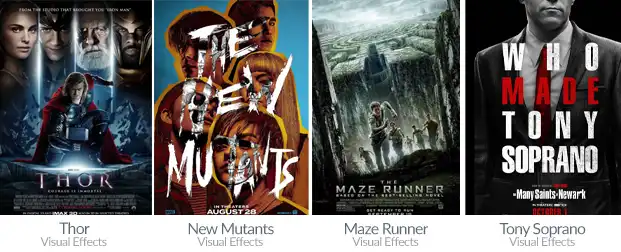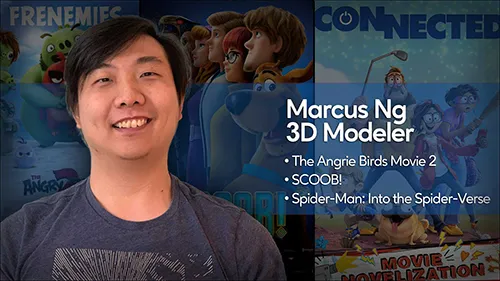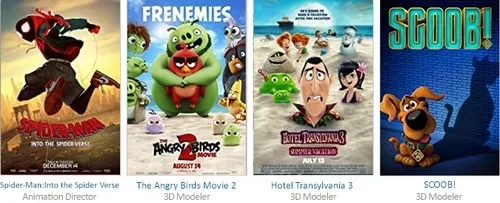Meet Your Teachers
Advanced 3D modeling


Kyeyong Peck | Lead Digital Artist
Teaching Courses: Advanced 3D modeling
Delivery: Live Online
Studio(s): Method Studios, Framestore, Digital Domain
Credits: Star Trek, Tom & Jerry, Harper House


Marcus Ng | 3D Modeling Lead
Teaching Courses: Advanced 3D modeling
Delivery: Live Online
Studio(s): Sony, Netflix, Boat Rocker
Credits: Spider-Verse, The Mitchells vs The Machines, Sea Beast
